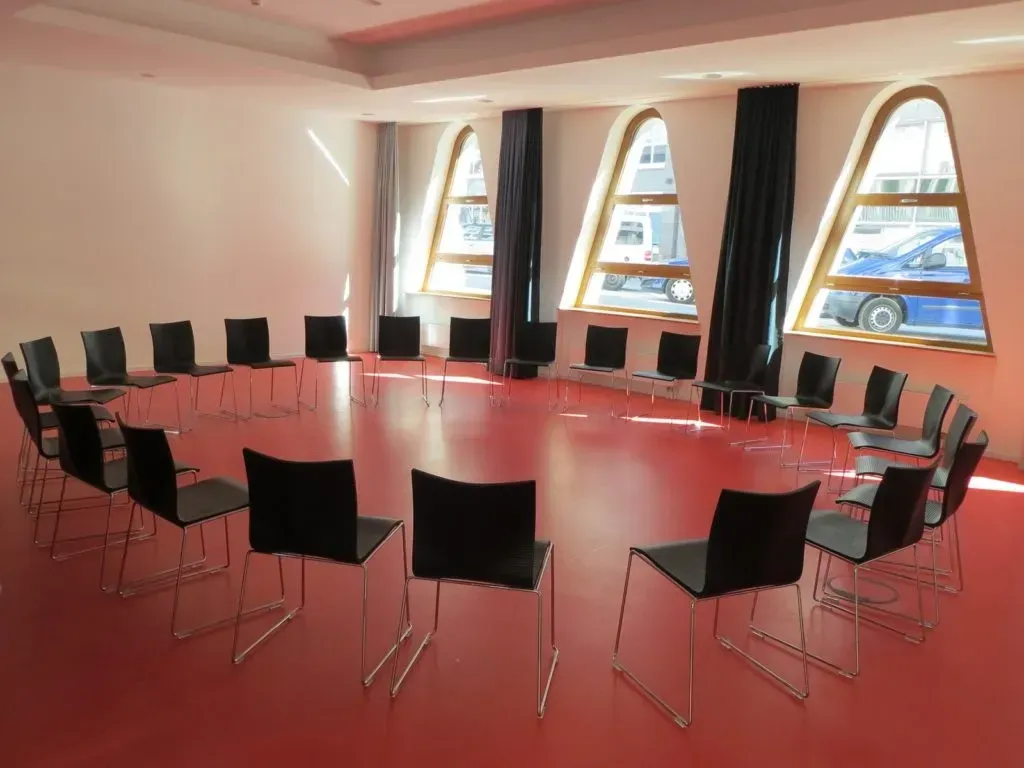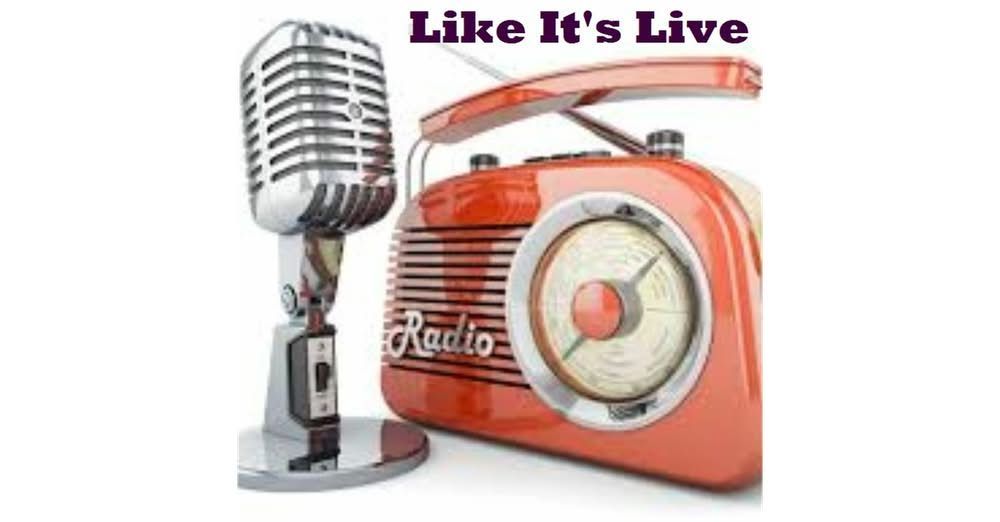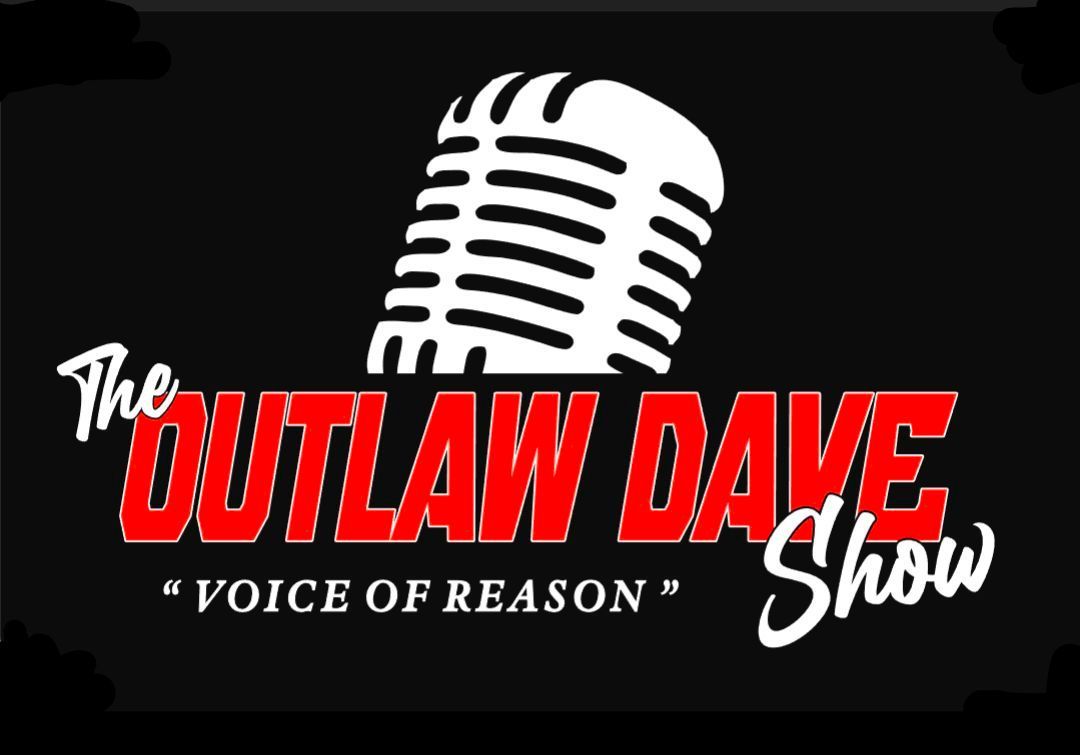The Program
An oft-cited statistic regarding AA’s success rate is 5-8%. This "study" is based on imaginary figures and nebulous data, and I’ve yet to read one of the many articles in which it’s quoted—always as evidence of the program’s “ineffectiveness”—by someone who even knows what the program is.
I know what the program is. I’ve been to thousands of meetings over 20 years and my guess is that less than half the people seated around me are aware of how the program works (much less are actually working it). The other half are willfully ignorant.
Working the program correctly is painful and challenging, especially in the beginning. It’s like a fitness regimen. You can hit the gym regularly to socialize, take a lazy stroll on a flat treadmill, and fling around some light weights with no attention to form, or you can throw yourself into heavy lifting with a discipline and tenacity. What you can’t do is take the lazy way out and then proclaim your program doesn’t work.
We get the results we earn.
If 100 people join a gym and two years later eight are in shape, does that mean gyms don’t work? What percentage went regularly, worked out properly, and then applied some basic fitness principles to their daily lives? It doesn’t take a genius to see that if 8% get results, it’s because a mere eight out of 100 earned them.
If 1,000 freshmen register for college, and only 80 earn a degree, does it follow that college is useless? How many took good notes, did the homework, and studied for exams? Look, hanging out at a gym won’t chisel your abs, class attendance won’t guarantee an education, and going to meetings isn’t “doing the program.”
Meetings don’t ensure sobriety. The twelve steps are the heavy lifting. Done consistently, they are the program.
The aforementioned statistic is based on AA attendance and self-reporting—as if counting asses-in-seats qualifies as research, or asking reformed drunks to self-report is remotely scientific. I’ve met thousands of recovering addicts at meetings and conferences around the country. I worked intently with my sponsor and then sponsored many women myself. I taught the steps—which is all that sponsorship is—as practical tools to get and stay sober, as long as they’re used continuously in sobriety. I’ve spoken at rehab centers, taken meetings to inmates, and started a popular women’s step study. I lived and breathed the twelve steps daily for years, and when I quit going to meetings regularly, I brought the principles behind the steps with me into the world. They’ve been the foundation my life for two decades, and to this day, when I hear a fellow AA share, I can tell immediately if they’ve done the steps and are truly working the program. And in my opinion, far less than half the people sharing in meetings are doing it.
If I had to guess, I’d say 15% of AA’s have completed the twelve steps. The percentage who continues practicing the principles in all their affairs is probably a third less than that. By that math, if 8% of AA members stay sober, but only 10% of AA’s are truly working the program right, AA’s success rate is 80%, not eight.
A gym is a building. A university is an institution. AA is an organization, not a program. The program isn’t platitudes, fellowship, or inspirational slogans. The program is the steps and the steps save lives. Disgruntled former members, bloggers, and “journalists” would do well to check their motivations for spreading false evidence (perhaps through a searching and fearless inventory, if only they could find someone to teach them…hmmm).
I had no coping skills when I got sober at 29. My bag of tricks consisted of booze, drugs, and an abusive codependent relationship. The steps taught me how to live! The program worked for me because I worked the program. It may not be the sole path to recovery, and it’s certainly not perfect (would it kill us to take the “God” thing down a notch?), but for many it’s highly effective. Disparaging AA with specious statistics is unprincipled and does a disservice to the many untreated alcoholics and addicts suffering and dying all around us.












